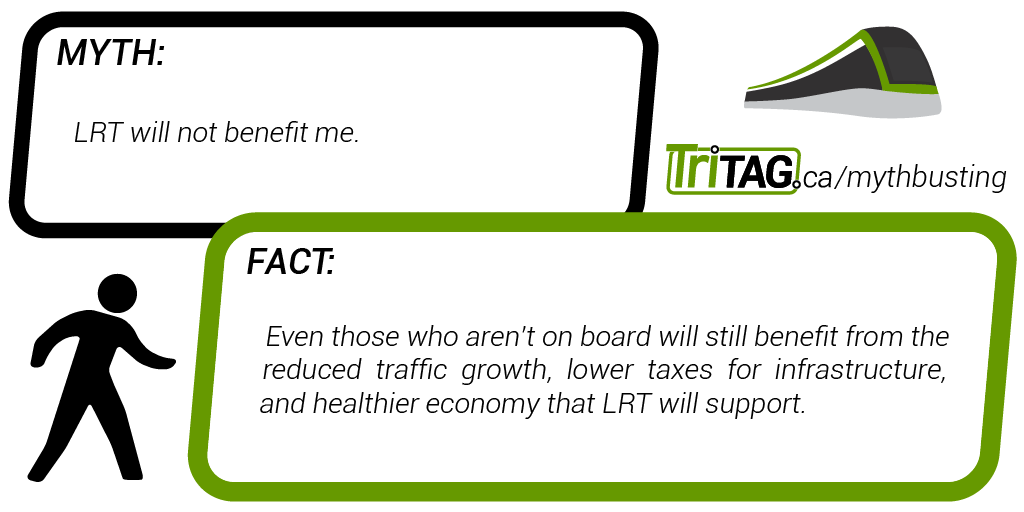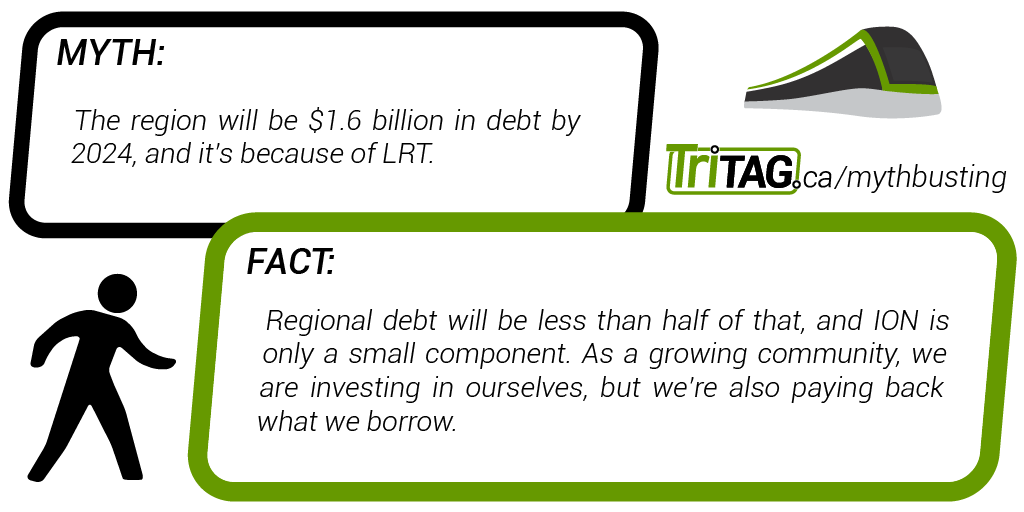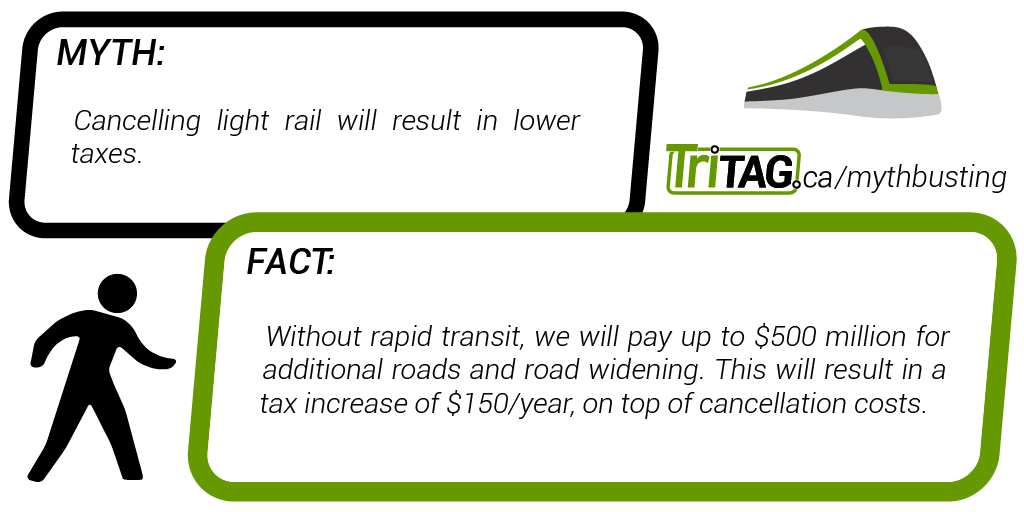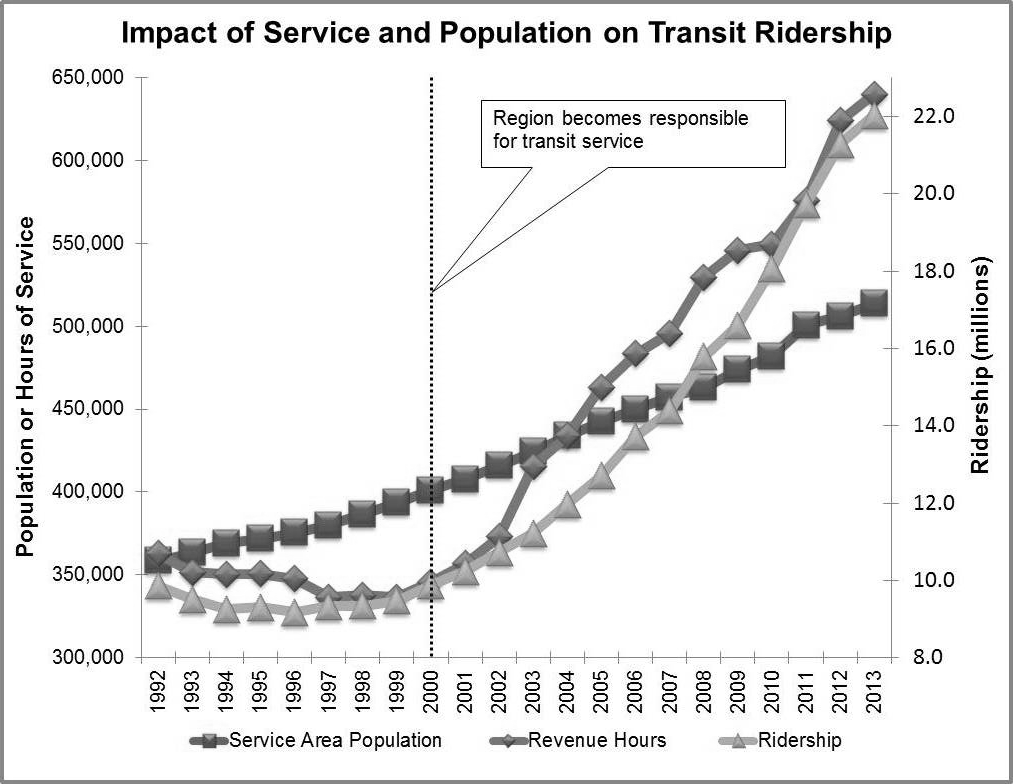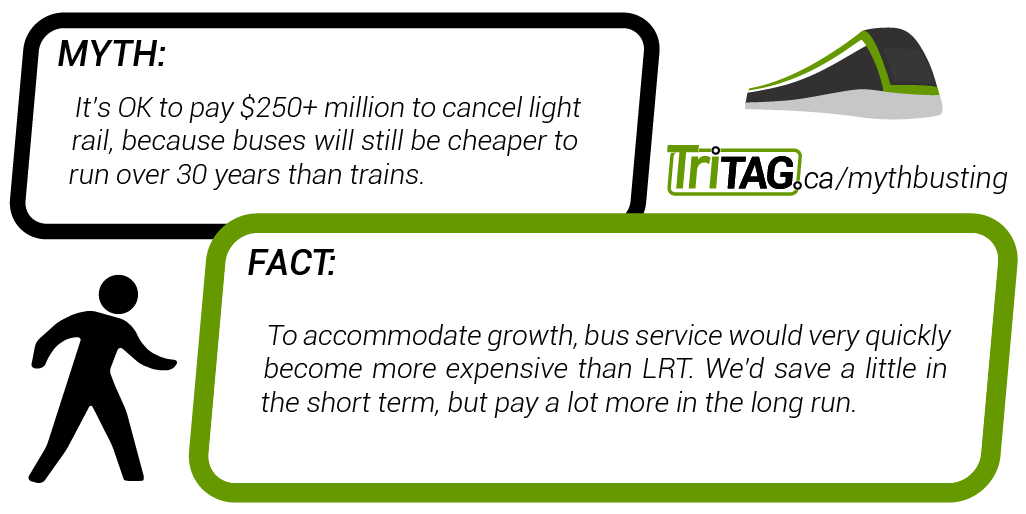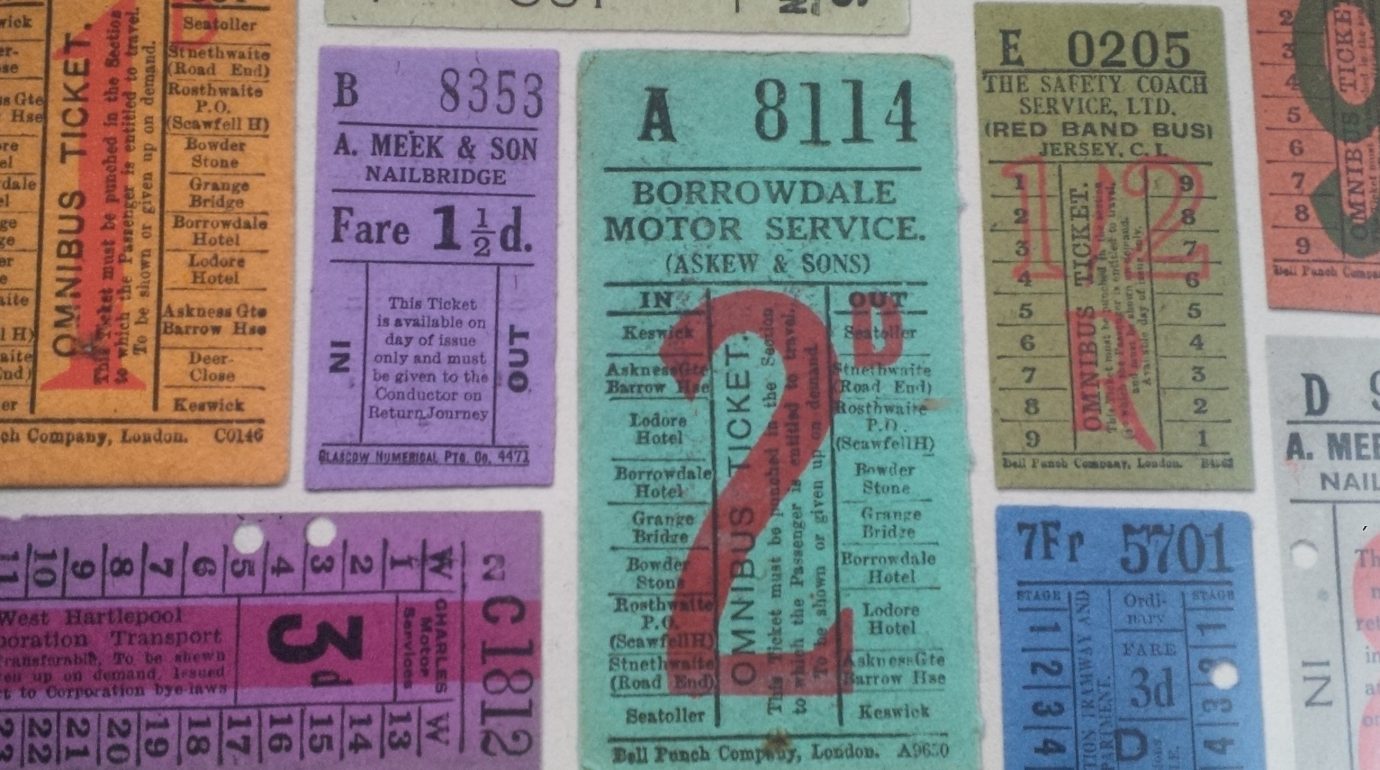
A referendum for the future
The votes are counted, the winners declared, and the dust has settled.
What to make of the election that was to be the “LRT referendum we’ve been waiting for?” If it truly was such a referendum, that score has been settled: despite an enormous budget to support of a candidate who made his name known fighting the region in the courts on LRT, despite a former MP and a former weatherman both with massive name recognition also championing the cause, no LRT opponent was able to muster the support they thought their issue deserved.
That’s not to say that the 76% of voters who didn’t vote for Jay Aissa are all pro-LRT, or that the almost 70% of residents who didn’t even come out to vote (come on, people!) are all ardent LRT supporters. Certainly not. But what the results clearly indicate is that overall, the people of Waterloo Region are satisfied with the direction we are moving in.
And why not? Over the last decade we have seen the resurgence of our community’s once-dilapidated cores, a resilient economy which (while not universally strong) has not only survived but thrived in the face of the decline of a headliner employer, and the emergence of this region as the most progressive small city in Ontario for tackling the challenges of growth, sprawl, and sustainability.
On the basis of our success so far, a majority of people are willing to accept that we must continue to plan for the future, and that we need continue to innovate. Many still reserve judgement on the most visible aspect of this plan (LRT), but they’re not interested in opposing it. Turning back now flies in the face of our community tradition of barn-raising and reinvention. Our no-nonsense progressiveness brooks no nonsense. This is the real reason the cancel-LRT crusade failed.
For those of us who have supported and advocated for LRT over the years, today is a very good day: it marks the end of activity to halt ION which will roll out in 2017. But it is not the end to the challenges our region will face as it grows up. Certainly, last night’s results do not guarantee the success of ION light rail transit.
Only you can do that.
Over the next three years, a very complex project will need to come in on time, and on budget… and it will then need to meet or exceed expectations. The early signs are good, but we have no certainty that it will continue. We have newly elected leaders who have committed to careful stewardship of what the previous council initiated, but that’s not enough. We all need to stay engaged and hold our regional government’s feet to the fire. We need to be the voice of conscience and of reason. We have to keep the pressure on council to make good decisions not just about LRT, but on transit as a whole, and the other complex issues that tie into it: growth management, affordable housing, and debt.
In June 2011, on the eve of the council vote on LRT, I wrote:
After last Saturday’s rally, Jean Haalboom, one of the few supporting councillors willing to stand up for rapid transit and LRT, said to a few of us that we can’t just drop this issue on Thursday if this vote passes. We have to keep on it. 2014’s municipal vote could become a last-gasp money-burning cancellation movement if we go silent again after the immediate fight is won.
Most of us support LRT because we’re thinking about the future, right? Well, it’s time we take the long view. LRT doesn’t get delivered if and when Council votes yes. In the years to come, we need to shepherd it home.
It’s amazing how close that possible future actually came to becoming reality. The immediate fight was won, and then had to be won again, and again. Now we can say with some finality that “yes, LRT will be delivered.” Now we can focus on making sure that what is delivered lives up to the vision.
After all, we’re not done yet: Cambridge has been left out in the cold, and one of the most meaningful gestures we can make to heal the rift and connect our three cities is to extend ION in Phase 2 without hesitation. Connecting Cambridge might take several years, but it needs to happen so we can start to think of ourselves not as three separate cities, but one region.
We live in the 10th largest urban area in Canada, but our own community self-image is still catching up to this reality. Over half a million people call Waterloo Region home, and we can expect another 200,000 in a couple of decades. Our region has some serious challenges to face in the coming years.
This election may have been a referendum after all. Will we confront the challenges that come with growth? Will we continue to plan and innovate to create a more livable, sustainable place to call home? Are we ready to invest in our future?
The result appears to be a resounding Yes.

